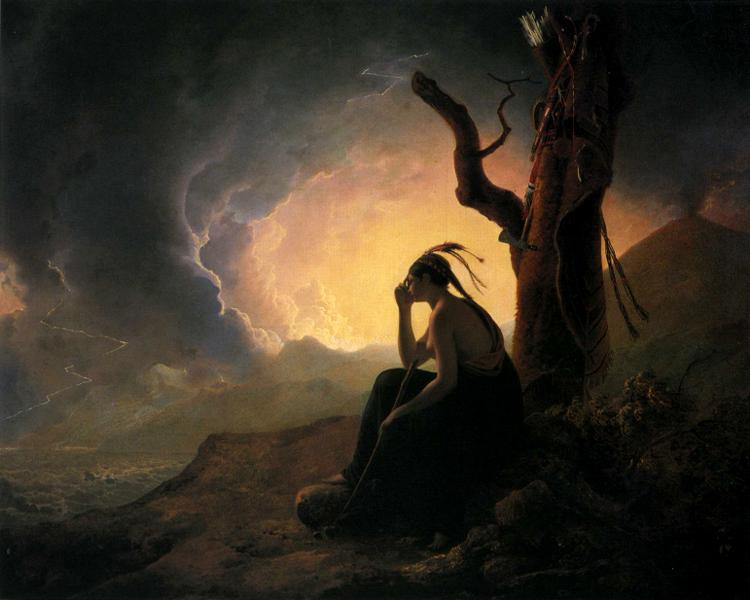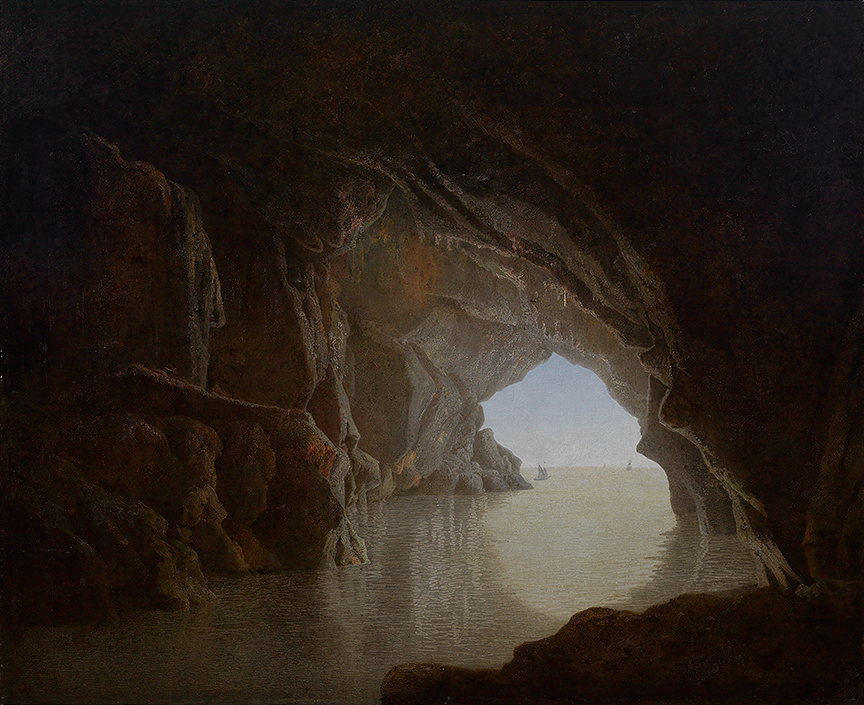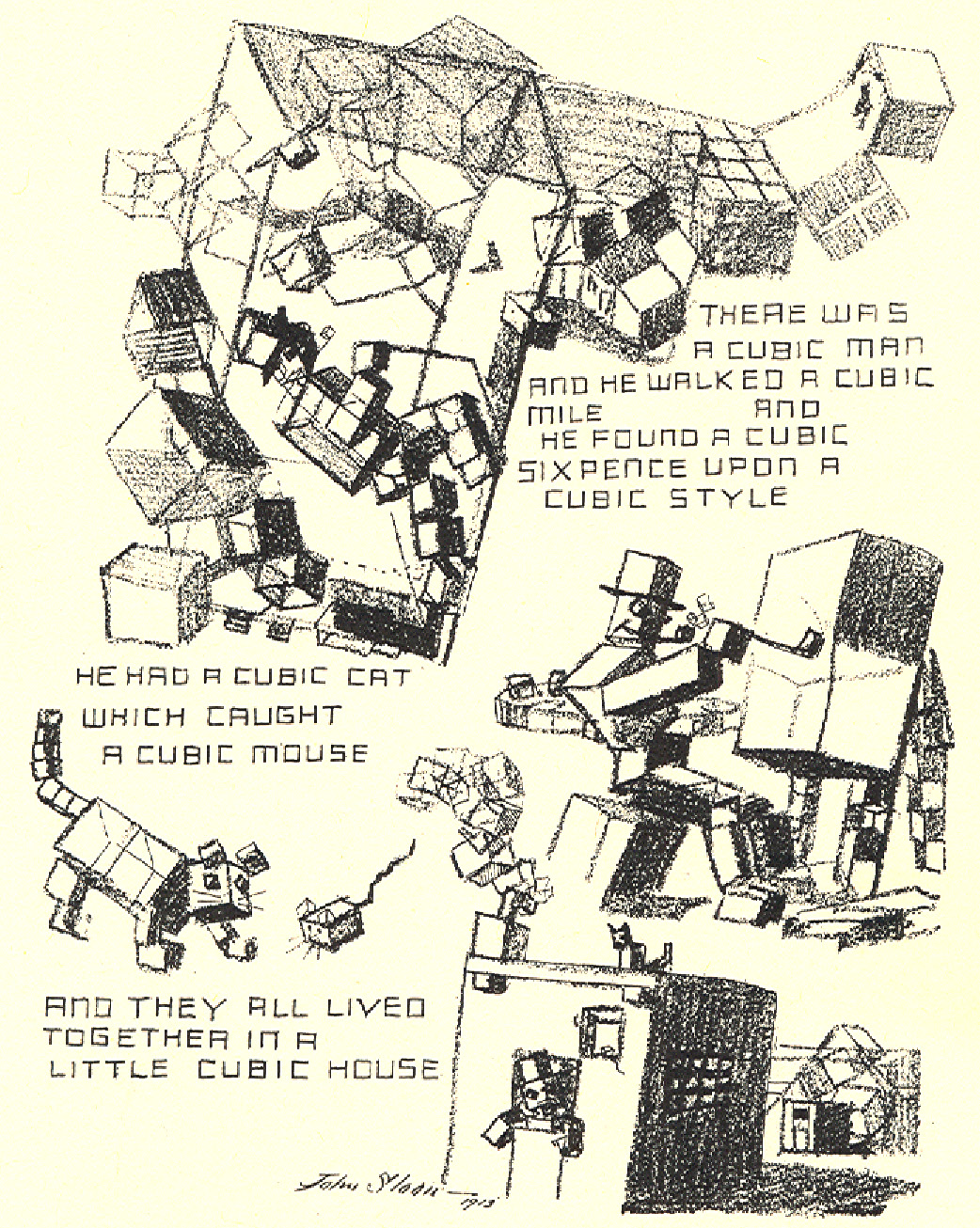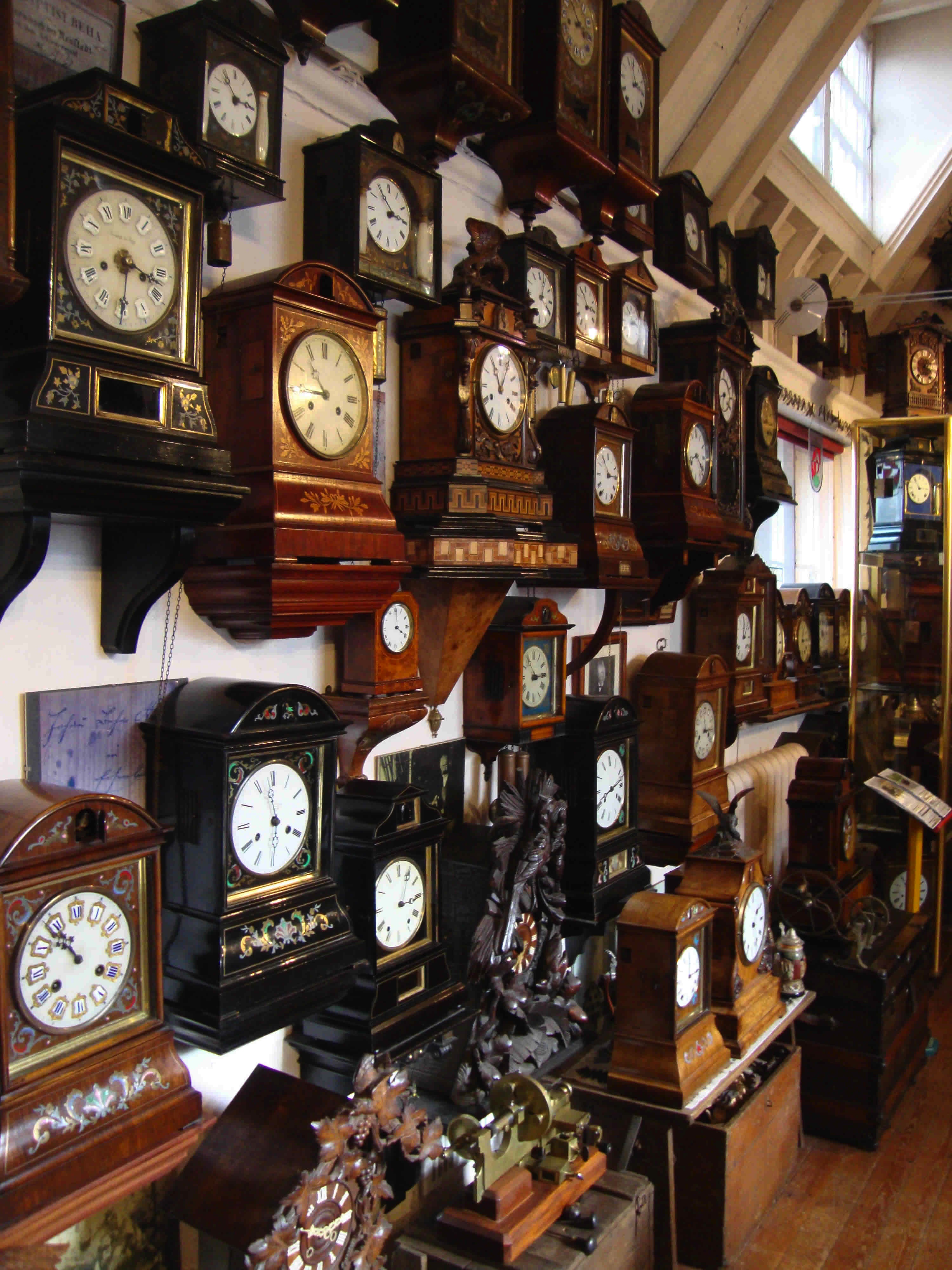|
Solo Exhibition
A solo show or solo exhibition is an exhibition of the work of only one artist. The artwork may be paintings, drawings, etchings, collage, sculpture, or photography. The creator of any artistic technique may be the subject of a solo show. Other skills and crafts have similar types of shows for the creators. Having solo shows of one's artwork marks the achievement of success and usually is accompanied by receptions and a great deal of publicity. The show may be of current work being produced, those from a single time period, or representative work from different periods in the career of the artist, the latter is termed a ''retrospective''. History Art exhibitions have a history that dates back to 1623. It is thought that the first solo exhibition in Britain was staged by Joseph Wright of Derby in 1785, the year after he refused to become a Royal Academician. [...More Info...] [...Related Items...] OR: [Wikipedia] [Google] [Baidu] |
Joseph Wright Of Derby
Joseph Wright (3 September 1734 – 29 August 1797), styled Joseph Wright of Derby, was an English landscape and portrait painter. He has been acclaimed as "the first professional painter to express the spirit of the Industrial Revolution". Wright is notable for his use of tenebrism, an exaggerated form of the better known chiaroscuro effect, which emphasizes the contrast of light and dark, and for his paintings of candle-lit subjects. His paintings of the birth of science out of alchemy, often based on the meetings of the Lunar Society of Birmingham, a group of scientists and industrialists living in the English Midlands, are a significant record of the struggle of science against religious values in the period known as the Age of Enlightenment. Many of Wright's paintings and drawings are owned by Derby City Council, and are on display at the Derby Museum and Art Gallery. Life Joseph Wright was born in Irongate, Derby, to a respectable family of lawyers. He was the thir ... [...More Info...] [...Related Items...] OR: [Wikipedia] [Google] [Baidu] |
Art Exhibition
An art exhibition is traditionally the space in which art objects (in the most general sense) meet an audience. The exhibit is universally understood to be for some temporary period unless, as is rarely true, it is stated to be a "permanent exhibition". In American English, they may be called "exhibit", "exposition" (the French word) or "show". In UK English, they are always called "exhibitions" or "shows", and an individual item in the show is an "exhibit". Such expositions may present pictures, drawings, video, sound, installation, performance, interactive art, new media art or sculptures by individual artists, groups of artists or collections of a specific form of art. The art works may be presented in museums, art halls, art clubs or private art galleries, or at some place the principal business of which is not the display or sale of art, such as a coffeehouse. An important distinction is noted between those exhibits where some or all of the works are for sale, normally i ... [...More Info...] [...Related Items...] OR: [Wikipedia] [Google] [Baidu] |
Etching
Etching is traditionally the process of using strong acid or mordant to cut into the unprotected parts of a metal surface to create a design in intaglio (incised) in the metal. In modern manufacturing, other chemicals may be used on other types of material. As a method of printmaking, it is, along with engraving, the most important technique for old master prints, and remains in wide use today. In a number of modern variants such as microfabrication etching and photochemical milling it is a crucial technique in much modern technology, including circuit boards. In traditional pure etching, a metal plate (usually of copper, zinc or steel) is covered with a waxy ground which is resistant to acid. The artist then scratches off the ground with a pointed etching needle where the artist wants a line to appear in the finished piece, exposing the bare metal. The échoppe, a tool with a slanted oval section, is also used for "swelling" lines. The plate is then dipped in a bath of acid, ... [...More Info...] [...Related Items...] OR: [Wikipedia] [Google] [Baidu] |
Collage
Collage (, from the french: coller, "to glue" or "to stick together";) is a technique of art creation, primarily used in the visual arts, but in music too, by which art results from an Assemblage (art), assemblage of different forms, thus creating a new whole. (Compare with pastiche, which is a "pasting" together.) A collage may sometimes include Clipping (publications), magazine and newspaper clippings, ribbons, paint, bits of colored or handmade papers, portions of other artwork or texts, photographs and other found objects, glued to a piece of paper or canvas. The origins of collage can be traced back hundreds of years, but this technique made a dramatic reappearance in the early 20th century as an art form of novelty. The term ''Papier collé'' was coined by both Georges Braque and Pablo Picasso in the beginning of the 20th century when collage became a distinctive part of modern art. History Early precedents Techniques of collage were first used at the time of the Paperm ... [...More Info...] [...Related Items...] OR: [Wikipedia] [Google] [Baidu] |
Art Exhibition
An art exhibition is traditionally the space in which art objects (in the most general sense) meet an audience. The exhibit is universally understood to be for some temporary period unless, as is rarely true, it is stated to be a "permanent exhibition". In American English, they may be called "exhibit", "exposition" (the French word) or "show". In UK English, they are always called "exhibitions" or "shows", and an individual item in the show is an "exhibit". Such expositions may present pictures, drawings, video, sound, installation, performance, interactive art, new media art or sculptures by individual artists, groups of artists or collections of a specific form of art. The art works may be presented in museums, art halls, art clubs or private art galleries, or at some place the principal business of which is not the display or sale of art, such as a coffeehouse. An important distinction is noted between those exhibits where some or all of the works are for sale, normally i ... [...More Info...] [...Related Items...] OR: [Wikipedia] [Google] [Baidu] |
Royal Academy
The Royal Academy of Arts (RA) is an art institution based in Burlington House on Piccadilly in London. Founded in 1768, it has a unique position as an independent, privately funded institution led by eminent artists and architects. Its purpose is to promote the creation, enjoyment and appreciation of the visual arts through exhibitions, education and debate. History The origin of the Royal Academy of Arts lies in an attempt in 1755 by members of the Society for the Encouragement of Arts, Manufactures and Commerce, principally the sculptor Henry Cheere, to found an autonomous academy of arts. Prior to this a number of artists were members of the Society for the Encouragement of Arts, Manufactures and Commerce, including Cheere and William Hogarth, or were involved in small-scale private art academies, such as the St Martin's Lane Academy. Although Cheere's attempt failed, the eventual charter, called an 'Instrument', used to establish the Royal Academy of Arts over a d ... [...More Info...] [...Related Items...] OR: [Wikipedia] [Google] [Baidu] |
Retailing
Retail is the sale of goods and services to consumers, in contrast to wholesaling, which is sale to business or institutional customers. A retailer purchases goods in large quantities from manufacturers, directly or through a wholesaler, and then sells in smaller quantities to consumers for a profit. Retailers are the final link in the supply chain from producers to consumers. Retail markets and shops have a very ancient history, dating back to antiquity. Some of the earliest retailers were itinerant peddlers. Over the centuries, retail shops were transformed from little more than "rude booths" to the sophisticated shopping malls of the modern era. In the digital age, an increasing number of retailers are seeking to reach broader markets by selling through multiple channels, including both bricks and mortar and online retailing. Digital technologies are also affecting the way that consumers pay for goods and services. Retailing support services may also include the provisio ... [...More Info...] [...Related Items...] OR: [Wikipedia] [Google] [Baidu] |
1990 Smithsonian Opening JimGary KafiBenz TheBells 83d40crop
Year 199 ( CXCIX) was a common year starting on Monday (link will display the full calendar) of the Julian calendar. At the time, it was sometimes known as year 952 '' Ab urbe condita''. The denomination 199 for this year has been used since the early medieval period, when the Anno Domini calendar era became the prevalent method in Europe for naming years. Events By place Roman Empire * Mesopotamia is partitioned into two Roman provinces divided by the Euphrates, Mesopotamia and Osroene. * Emperor Septimius Severus lays siege to the city-state Hatra in Central-Mesopotamia, but fails to capture the city despite breaching the walls. * Two new legions, I Parthica and III Parthica, are formed as a permanent garrison. China * Battle of Yijing: Chinese warlord Yuan Shao defeats Gongsun Zan. Korea * Geodeung succeeds Suro of Geumgwan Gaya, as king of the Korean kingdom of Gaya (traditional date). By topic Religion * Pope Zephyrinus succeeds Pope Victor I, as ... [...More Info...] [...Related Items...] OR: [Wikipedia] [Google] [Baidu] |
Museum Collection
A museum is distinguished by a collection of often unique objects that forms the core of its activities for exhibitions, education, research, etc. This differentiates it from an archive or library, where the contents may be more paper-based, replaceable and less exhibition oriented, or a private collection of art formed by an individual, family or institution that may grant no public access. A museum normally has a collecting policy for new acquisitions, so only objects in certain categories and of a certain quality are accepted into the collection. The process by which an object is formally included in the collection is called ''accessioning'' and each object is given a unique accession number. Museum collections, and archives in general, are normally catalogued in a collection catalogue, traditionally in a card index, but nowadays in a computerized database. Transferring collection catalogues onto computer-based media is a major undertaking for most museums. All new acquisiti ... [...More Info...] [...Related Items...] OR: [Wikipedia] [Google] [Baidu] |
One-man Show
A solo performance, sometimes referred to as a one-man show or one-woman show, features a single person telling a story for an audience, typically for the purpose of entertainment. This type of performance comes in many varieties, including autobiographical creations, comedy acts, novel adaptations, vaudeville, poetry, music and dance. In 1996, Rob Becker's '' Defending the Caveman'' became the longest running solo (one man) play in the history of Broadway. Traits of solo performance Solo performance is used to encompass the broad term of a single person performing for an audience. Some key traits of solo performance can include the lack of the fourth wall and audience participation or involvement. Solo performance does not need to be written, performed and produced by a single person—a solo performance production may use directors, writers, designers and composers to bring the piece to life on a stage. An example of this collaboration is Eric Bogosian in the published version ... [...More Info...] [...Related Items...] OR: [Wikipedia] [Google] [Baidu] |
Performing Arts
The performing arts are arts such as music, dance, and drama which are performed for an audience. They are different from the visual arts, which are the use of paint, canvas or various materials to create physical or static art objects. Performing arts include a range of disciplines which are performed in front of a live audience, including theatre, music, and dance. Theatre, music, dance, object manipulation, and other kinds of performances are present in all human cultures. The history of music and dance date to pre-historic times whereas circus skills date to at least Ancient Egypt. Many performing arts are performed professionally. Performance can be in purpose-built buildings, such as theatres and opera houses, on open air stages at festivals, on stages in tents such as circuses or on the street. Live performances before an audience are a form of entertainment. The development of audio and video recording has allowed for private consumption of the performing arts. Th ... [...More Info...] [...Related Items...] OR: [Wikipedia] [Google] [Baidu] |
Jonathan Talbot
Jonathan Talbot, (born November 14, 1939) is an American collage artist, painter, and printmaker. He also is the creator of an innovative collage technique that eliminates liquid adhesives from the collage assembly process. His technique is the subject of his book, ''Collage: A New Approach''. Talbot's works have been exhibited at The National Academy and the Museum of Modern Art in New York. His artwork has represented the United States in exhibitions sponsored by the U. S. State Department as well as by the Smithsonian Institution. His works are included in permanent museum collections in United States, Canada, and Europe. His studio is in Warwick, New York. Every year Talbot schedules workshops that he conducts for artists who wish to study collage, his techniques, and related subjects. They are hosted at various locations around the United States and some are free exhibits sponsored by local organizations. Talbot is best known for his collages and multi-dimension ... [...More Info...] [...Related Items...] OR: [Wikipedia] [Google] [Baidu] |










